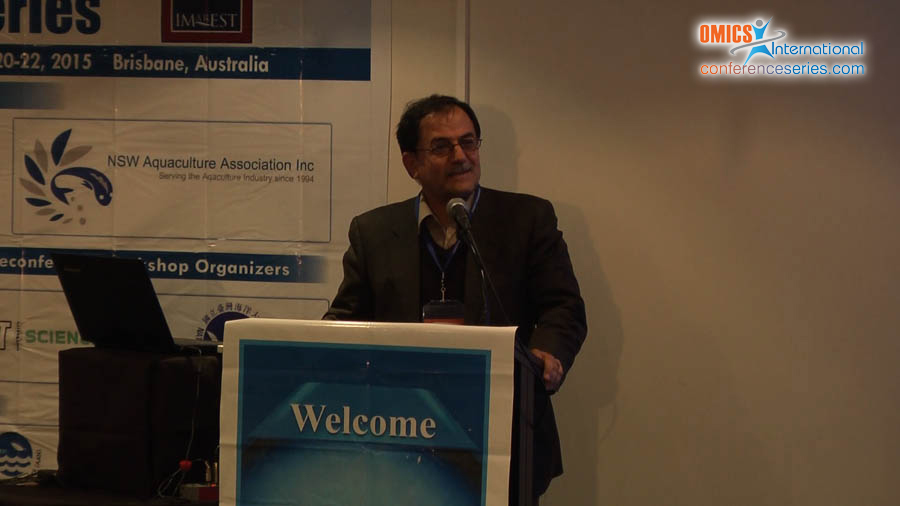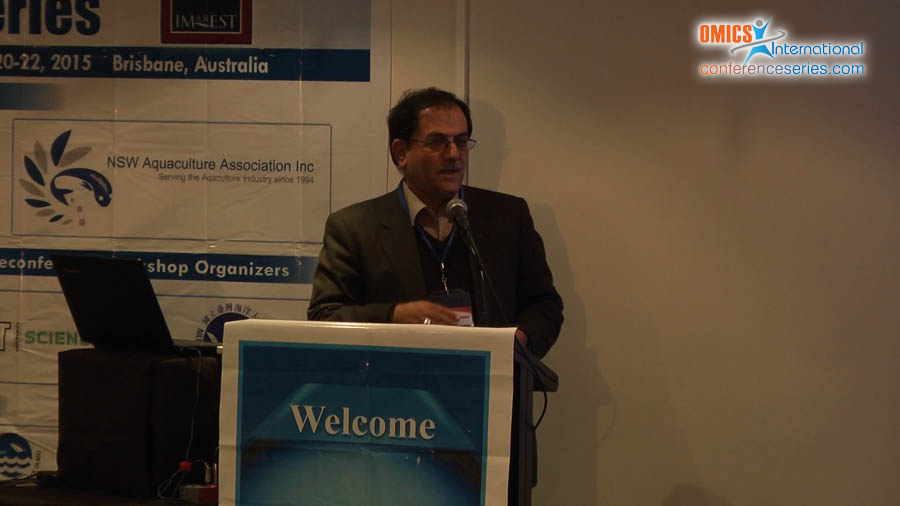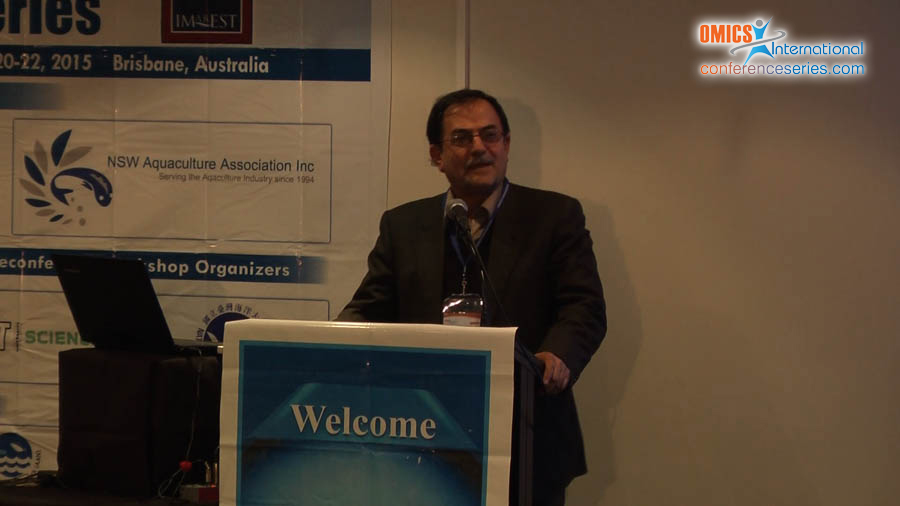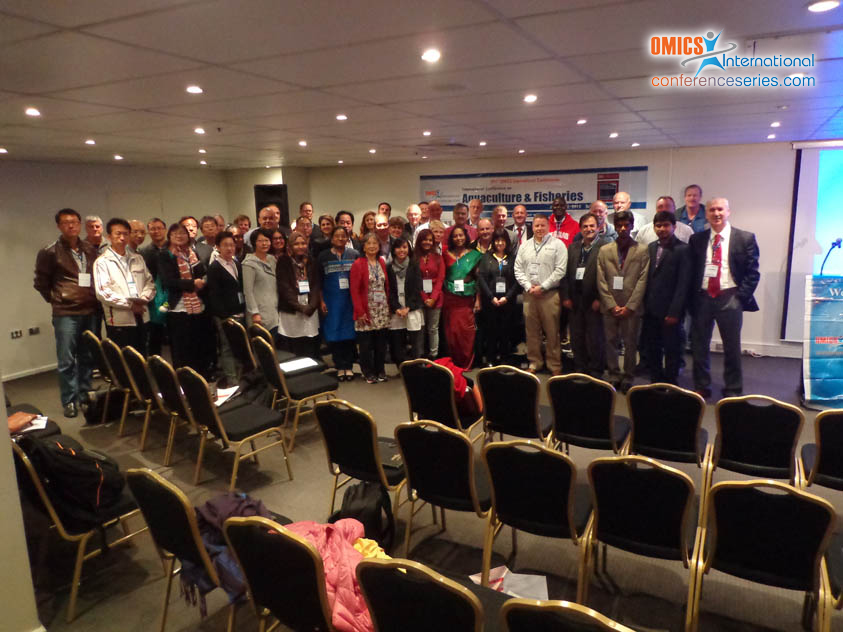
Javad Ghasemzadeh
Chabahar Maritime University
Iran
Title: Effect of water temperature management on the hatching rate and larvae production of white leg shrimp (Litopenaeus vannami) in shrimp hatcheries of Sistan & Baluchistan province, South-east of Iran
Biography
Biography: Javad Ghasemzadeh
Abstract
Subsequent to the outbreak of white spot syndrome (WSS) in the water shrimp farming complex along the Oman Sea in 2008, the Iranian aquaculture administration authorities replaced the cultured endemic species of Indian white shrimp (Fenneropenaeus indicus) with the more resistant species of White leg shrimp (Litopenaeus vannami). To supply the required post larvae, cohorts of quarantine brood-stocks of Litopenaeus vannami were transferred from Golestan province to the shrimp hatcheries of Baluchistan. Although these hatcheries hired experienced foreign technicians coming from prominent countries in shrimp culture such as India, Indonesia, the Philippines and Thailand, the number and quality of nauplii produced by them differed significantly. Based on our past years experiences of such outcomes we decided to investigate this discrepancy by monitoring their work and scrutinising different techniques and factors implemented and controlled by these technicians and relate them to their outcomes. The results revealed that the temperature at which brood-stocks are kept in the course of propagation was critical in the number and quality of Nauplius obtained. Best results achieved within the temperature range of 26-28° C with an average of 27° C. Hatcheries in which temperature kept between 29-31° C (average 30° C) produced medium to weak number of nauplii and those with temperature varied between 31-34° C failed to produce any nauplii.
Speaker Presentations
Speaker PDFs
Speaker PPTs Click Here





